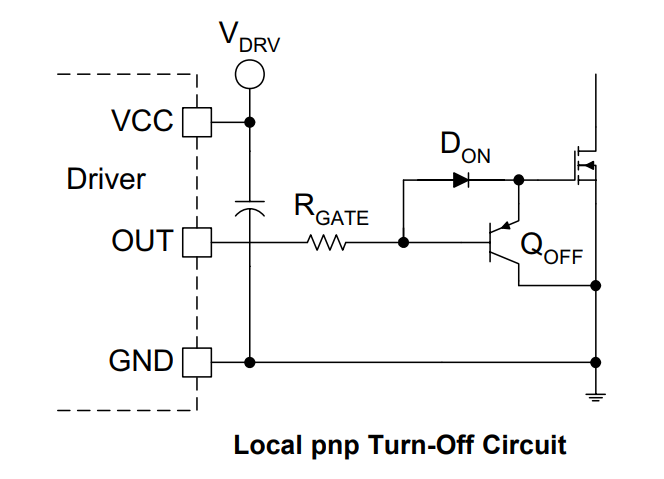Other Parts Discussed in Thread: UC1825
Dear Sir,
I'm using UC2715 Complementary Switch FET Driver with Auxiliary Output, for Forward converter with active clamp. Vcc is 12V and its switching at 100kHz and the primary main MOSFET is having total Qg of approx 90nC, and Auxilary output is used for active clamp MOSFET thats N-channel driven with pulse transformer.
- Primary Driver IC at ambient (25 degree) after keeping for 1Hr @ secondary full load (5V/ 30A) is heating up to 60 degree. what are the possible reasons for this much temperature rise on the IC (SOIC-8 package)
- Is there higher operating temperature 125 degree available for same package SOIC-8.
Regards,
Nesh


